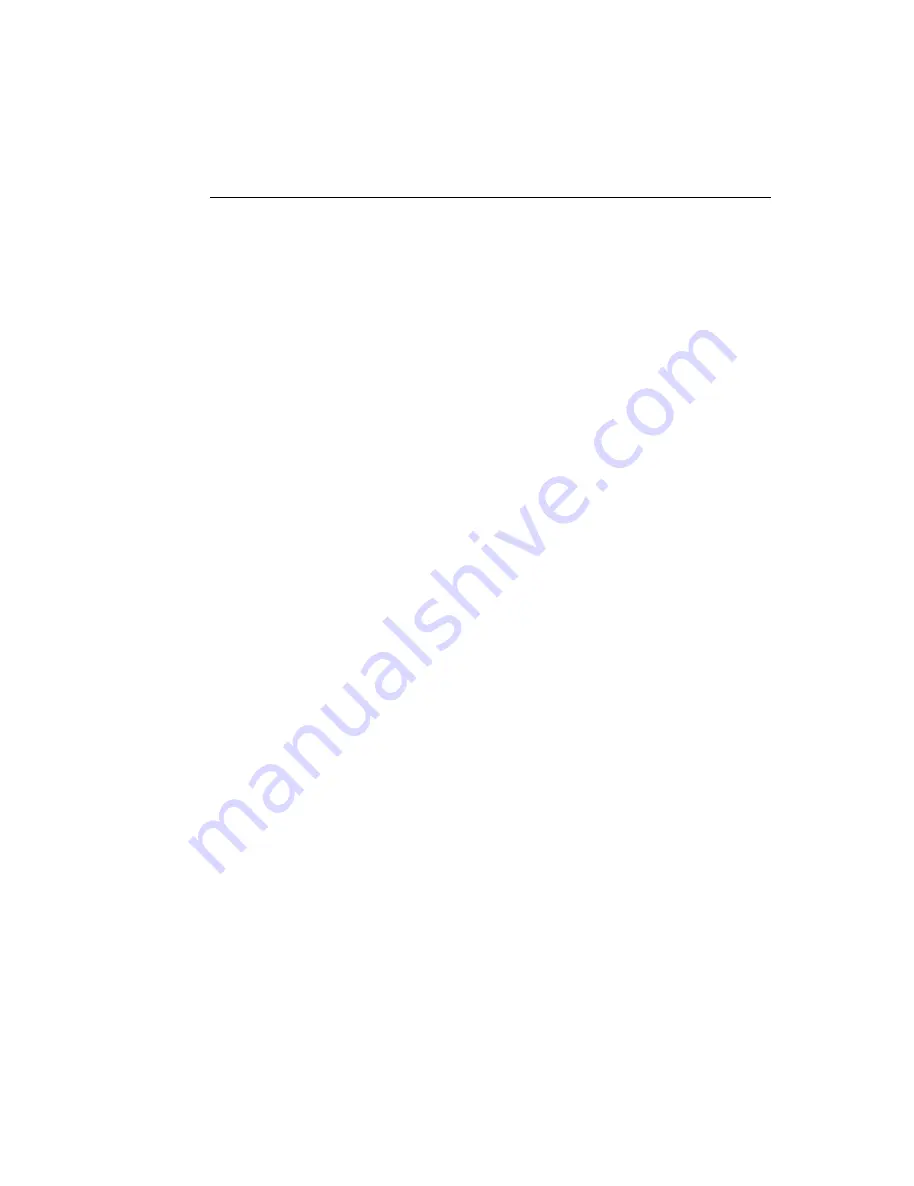
Chapter 2 — Getting to Know the DWR-10
September 2004
Page 19
Toolbars
Toolbars can be displayed by pressing a button on the
screen, by selecting an option, by pressing the
Back
button, or by pressing a button on another toolbar. There
are three toolbars:
•
Default toolbar
•
Print toolbar
•
Keyboard toolbar
Each toolbar has several control buttons. To activate a
button, turn the knob to move the cursor over it and
highlight it, then press the knob.
There are three types of control buttons:
Setting buttons
— Examples:
Current
and
Range
buttons. When pressed, the button is activated, allowing
you to adjust a setting by looping through a finite number
of possible values as you turn the knob. Press to select a
value and de-activate the button. If you press the
Back
button while a setting button is activated, you will de-
activate the button but leave the original setting value
unchanged.
Function buttons —
Examples:
and
Feed
buttons
These buttons perform a simple command and act as
momentary pushbuttons (that is, you do not have to re-
press to de-activate, as with Setting buttons).
Action buttons —
Example:
Scroll Readings
buttons.
These buttons act like an on/off switch. When pressed, the
button background turns light blue and remains activated
until you press it again or press the
Back
button. Use
action buttons to perform a simple action (not setting a
value).
All manuals and user guides at all-guides.com






























